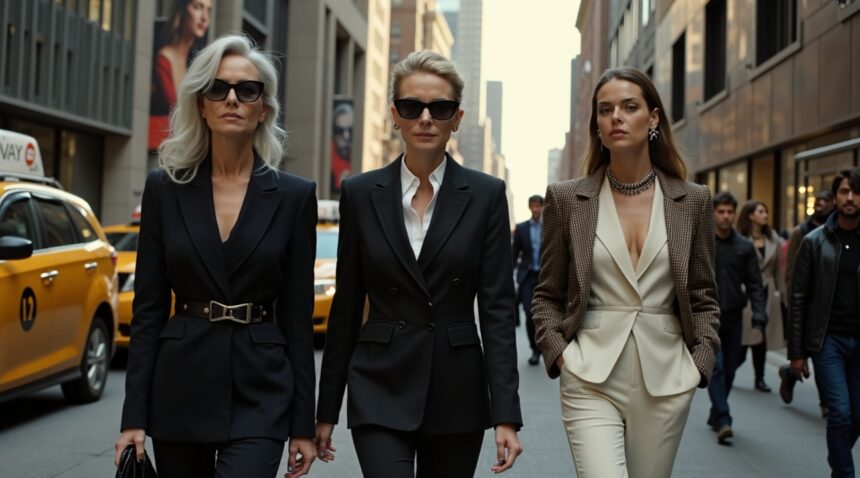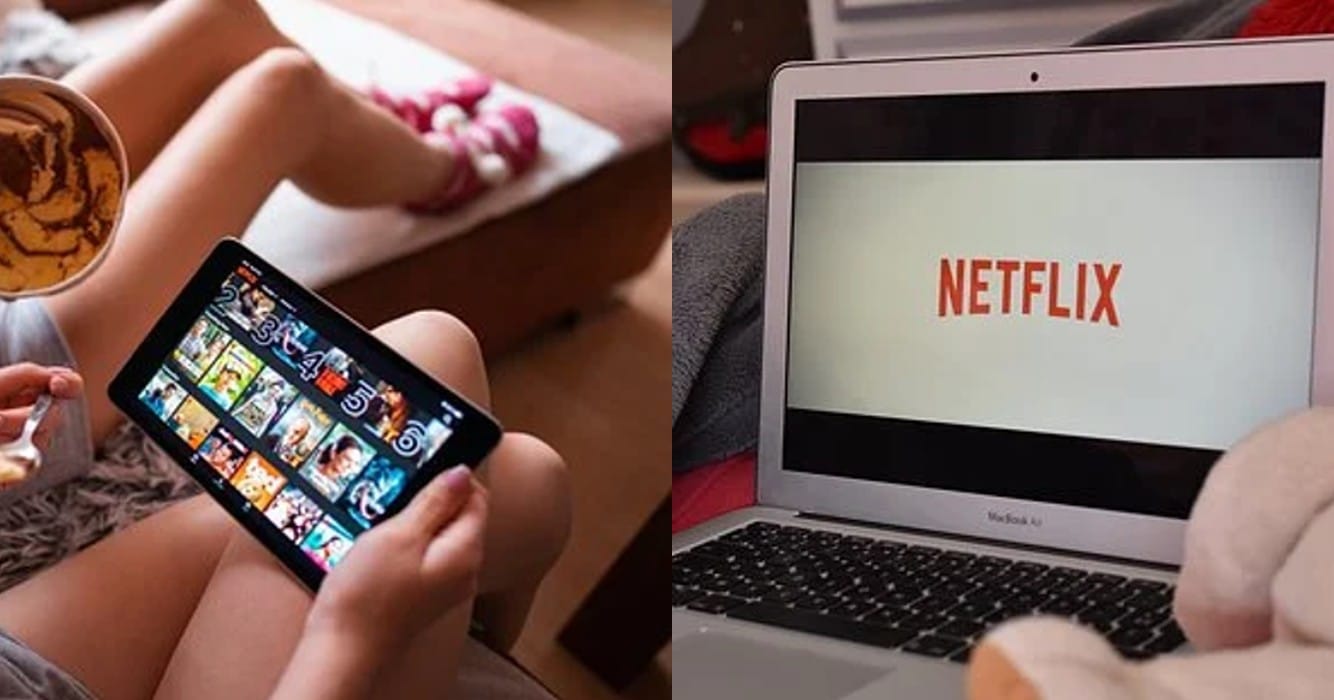Filming for “Devil Wears Prada 2” officially began in July 2025, bringing together Meryl Streep, Anne Hathaway, and Emily Blunt nearly two decades after the original film captured hearts and became a cultural landmark.
Key Takeaways
- Filming started in July 2025 with original stars Meryl Streep, Anne Hathaway, Emily Blunt, and Stanley Tucci reprising their roles.
- The sequel expands its cast with Kenneth Branagh, Simone Ashley, Lucy Liu, and Justin Theroux in key roles.
- Miranda Priestly seeks to save her magazine empire by reconnecting with former assistant Emily, now a powerful advertising executive.
- Filming is taking place in New York City under the direction of David Frankel with a script by Aline Brosh McKenna.
- Release is scheduled for May 1, 2026, following the original film’s $326 million global success.
Return to the Fashion World
The entertainment world is buzzing with excitement as production revives one of fashion cinema’s most celebrated stories. Crews have taken to some of New York’s most striking landmarks for principal photography. With director David Frankel at the helm and the original cast returning, “Devil Wears Prada 2” is shaping up to be a potent mix of style, satire, and drama.
Meryl Streep once again dons the formidable persona of Miranda Priestly, the iconic editor-in-chief with her signature icy glare and razor-sharp critiques. Anne Hathaway returns as Andy Sachs, whose evolution from flustered assistant to self-assured professional adds depth to the character. Emily Blunt reprises her role as the ever-witty Emily, now a high-powered advertising executive far removed from her assistant days.
Star-Studded Ensemble
The sequel’s new cast additions bring both star power and fresh energy. Kenneth Branagh plays Miranda’s new husband, offering a dramatic counterpoint to her character. Simone Ashley, known for her role in Bridgerton, will portray a key figure poised to shift the balance of power within Runway. Lucy Liu joins in a vital supporting role expected to create tension and intrigue within the magazine’s operations.
Plot and Setting
The sequel’s narrative tackles timely challenges: the decline of print media, the rise of influencers, and an industry struggling to reinvent itself. Miranda faces the threat of obsolescence as digital platforms outpace traditional publishing. Meanwhile, her alliance with Emily—now an industry powerhouse—is central to the survival of the magazine empire they both once shaped, albeit from vastly different ends.
Stanley Tucci returns as Nigel, providing wit and wisdom that balances drama with levity. Meanwhile, Justin Theroux takes on a mysterious role that insiders say is pivotal to the story.
Iconic New York settings like the Condé Nast building once again serve as the visual heartbeat of Runway magazine. From luxury fashion houses to five-star hotels and sleek corporate towers, the film’s backdrop showcases a world of ambition, elegance, and intrigue.
Creative Team and Legacy
David Frankel’s direction ensures the stylistic and tonal continuity fans expect. Collaborating once again with screenwriter Aline Brosh McKenna, the team promises to deliver biting, quotable dialogue that explores career growth, loyalty, and reinvention. Though original costume designer Patricia Field is not returning, her successor is expected to maintain the high fashion standard that became a hallmark of the original.
Modern Themes and Anticipated Impact
“Devil Wears Prada 2” will tackle themes of legacy, adaptation, and partnership. Miranda’s traditional, top-down leadership style meets resistance in a world that values innovation and collaboration. Emily’s professional metamorphosis adds new dimensions to her relationship with Miranda, creating a dynamic that blends past tensions with future ambitions.
With the original film having grossed $326 million globally, expectations for the sequel are understandably high. Nostalgia, combined with contemporary themes like influencer culture and corporate transformation, positions the sequel to resonate with both old fans and a new audience introduced via streaming platforms.
Fashion designers are already involved in production, hoping the sequel will ignite new trends as the original did. Costumes that once flew off shelves after appearing onscreen are likely to see a revival, reaffirming the franchise’s impact on mainstream and haute couture fashion.
Looking Ahead
Slated for theatrical release on May 1, 2026, the film will compete with other summer blockbusters. Disney is expected to launch a robust marketing campaign emphasizing both nostalgia and relevance. Behind the scenes, cast members are reportedly collaborating closely with writers, with Meryl Streep offering insights into Miranda’s evolution that deepen the character and heighten emotional stakes.
The sequel arrives during a time when workplace comedies have become more nuanced, grappling with issues of gender, equality, and professional growth. Early footage hints at a film that delivers humor and poignancy in equal measure.
As production continues through fall 2025 with a tight post-production timeline, excitement builds. Industry insiders reveal that initial screenings and set experiences suggest the sequel could be every bit as iconic—and perhaps even more relevant—than its predecessor.
Meryl Streep, Anne Hathaway, and Emily Blunt Return to Iconic Roles in 2026
I’m thrilled to report that filming for “Devil Wears Prada 2” officially began in July 2025, marking a highly anticipated return to the fashion-forward universe that captivated audiences nearly two decades ago. The sequel brings back the powerhouse trio that made the original 2006 film a cultural phenomenon, with 20th Century Studios confirming a May 1, 2026 release date.
Meryl Streep returns as the formidable Miranda Priestly, the editor-in-chief who redefined workplace intimidation on the big screen. Anne Hathaway reprises her role as Andrea “Andy” Sachs, while Emily Blunt steps back into the sharp-tongued stilettos of Emily Charlton. Stanley Tucci also returns as the beloved Nigel Kipling, bringing his signature wit and fashion expertise back to the Runway magazine offices.
Expanded Cast and Notable Absences
The production extends beyond the main quartet, with several supporting actors returning to their memorable roles. These returning cast members include:
- Tracie Thoms as Lily, Andy’s loyal friend
- Tibor Feldman as Irv Ravitz, the publishing executive
However, one notable absence from the sequel involves Adrian Grenier, who played Andy’s boyfriend Nate in the original film. Public discussions have highlighted how his character’s reputation has shifted over time, with many viewers now viewing Nate less favorably than when the film first premiered.
Production has officially commenced in New York City, with on-location set photos confirming the film’s return to its authentic Manhattan backdrop. The city’s fashion district and iconic locations will once again serve as the perfect stage for Miranda Priestly’s demanding world. This location choice maintains the authentic atmosphere that made the original film so compelling.
While audiences await more details about upcoming sequels, the Devil Wears Prada sequel represents one of 2026’s most anticipated returns. The film’s production timeline positions it perfectly for a summer release, giving fans something substantial to look forward to as the fashion industry continues evolving.
The reunion of these talented actors promises to deliver the same sharp dialogue and stunning visuals that made the original a lasting success. With nearly twenty years of career growth since their first collaboration, each performer brings additional depth and experience to their iconic characters.
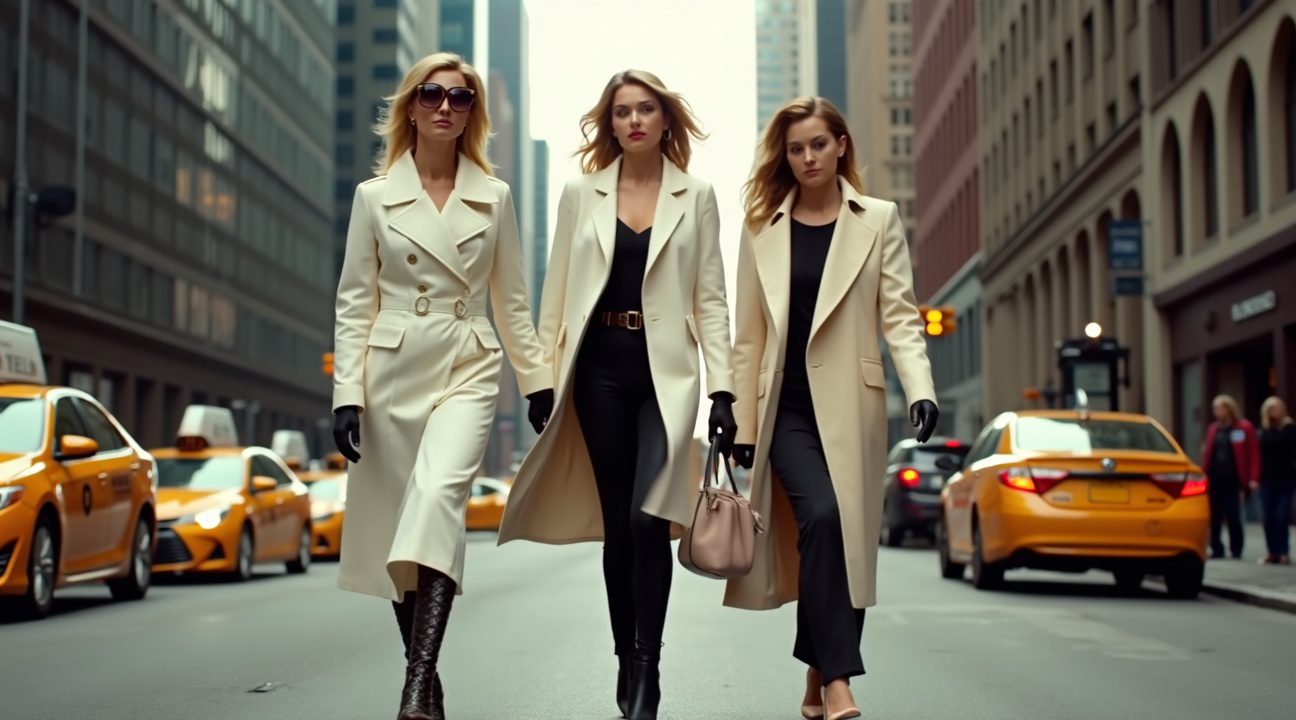
Star-Studded New Cast Joins Original Creative Team
The highly anticipated sequel brings together an impressive ensemble of new talent while reuniting the creative masterminds behind the original film. Kenneth Branagh steps into a pivotal role as Miranda’s new husband, adding his distinguished presence to this fashion-forward story. The casting choices demonstrate a careful balance between established stars and rising talent that promises to elevate the sequel’s dramatic tension.
Fresh Faces in High Fashion
The new cast roster reads like a who’s who of contemporary entertainment, featuring several standout performers who’ll bring their unique energy to the fashion magazine setting:
- Simone Ashley, known for her captivating performances in period dramas
- Lucy Liu, bringing her commanding screen presence to the mix
- Justin Theroux, whose versatility spans comedy and drama
- B. J. Novak, adding his sharp comedic timing to the ensemble
- Pauline Chalamet, representing the next generation of talented performers
- Helen J. Shen, Conrad Ricamora, Caleb Hearon, Rachel Bloom, and Patrick Brammall, each contributing their distinct acting styles
Behind the camera, the sequel benefits from the return of director David Frankel and screenwriter Aline Brosh McKenna, the same creative duo who crafted the original film’s memorable dialogue and visual style. Their collaboration ensures continuity with the beloved first installment while allowing room for fresh storytelling perspectives. McKenna’s screenplay draws inspiration from “Revenge Wears Prada: The Devil Returns,” Lauren Weisberger’s sequel novel, which provides a strong foundation for exploring new dynamics in Miranda Priestly’s professional and personal life.
This creative reunion feels particularly significant given how the original film resonated with audiences worldwide. Frankel’s directorial approach previously captured the glamorous yet cutthroat atmosphere of high fashion journalism, while McKenna’s sharp writing delivered quotable moments that became cultural touchstones. Their return suggests confidence in maintaining the first film’s quality while expanding the story in meaningful directions.
The casting strategy appears designed to honor the original’s legacy while introducing contemporary energy. Each new performer brings established fan bases and proven acting chops that should complement the returning stars’ performances. Recent sequel announcements across the entertainment industry have shown how strategic casting can revitalize beloved franchises.
Production teams understand that sequels face unique challenges in meeting audience expectations while delivering something genuinely new. The combination of familiar creative leadership and fresh talent creates opportunities for both nostalgic callbacks and surprising narrative developments that could define this sequel’s success.
Miranda Priestly Fights to Save Her Magazine Empire
The sequel places Miranda Priestly at the center of a battle that mirrors the struggles facing fashion publications across the industry. Her once-untouchable magazine empire now faces the harsh realities of print media’s decline, forcing the formidable editor to confront challenges she never anticipated. I find it fascinating how the film tackles this contemporary issue head-on, making Miranda’s fight feel both personal and universally relevant to anyone following entertainment industry developments.
Emily Charlton’s return brings a compelling twist to the narrative. No longer the frazzled assistant desperately trying to please Miranda, Emily has transformed into a high-powered advertising executive with her own agenda and expertise. This role reversal creates an intriguing dynamic where Miranda must swallow her pride and seek help from someone she once controlled. The relationship between these two characters promises to explore how professional hierarchies can shift dramatically over time, especially when industry upheaval forces unlikely partnerships.
Fashion Meets Digital Disruption
The plot doesn’t shy away from examining how digital transformation has fundamentally altered the fashion media landscape. Several key themes emerge from this central conflict:
- Traditional print advertising revenue streams continue declining as brands shift budgets toward digital platforms
- Fashion magazines must compete with influencers and social media personalities who command massive followings
- Editorial content faces pressure to become more immediate and visually driven to match online consumption patterns
- Luxury brands increasingly question the value of traditional magazine partnerships versus direct-to-consumer digital strategies
These challenges force Miranda to question everything she’s built while maintaining her exacting standards. The story explores whether her perfectionist approach can adapt to an industry that now values speed and accessibility over the careful curation that defined her career.
Anne Hathaway’s return as Andy Sachs adds another layer of complexity to this media evolution story. Set photos reveal her character sporting more polished, fashion-forward attire that suggests significant professional growth since her days as Miranda’s overwhelmed assistant. This visual transformation hints at Andy’s possible rise within the fashion industry, potentially positioning her as either an ally or competitor to Miranda’s struggling empire.
The film examines changing work-life dynamics that have emerged since the original movie. Modern workplace expectations around work-life balance clash with Miranda’s traditional demanding management style. This tension creates opportunities for character development while addressing contemporary concerns about sustainable career practices in high-pressure industries.
Miranda’s character arc centers on her ability to evolve without losing the qualities that made her successful. The challenge lies in adapting her vision to new realities while maintaining the authority and influence she’s cultivated throughout her career. Her relationship with Emily becomes crucial to this transformation, as the former assistant now possesses knowledge and connections that could prove essential to saving the magazine.
The sequel’s focus on magazine survival reflects broader entertainment industry trends, much like how other major franchises are being reimagined for modern audiences. This approach allows the film to comment on real-world media challenges while delivering the fashion and workplace drama that made the original so compelling.
Photography from the set suggests the film will maintain its commitment to high fashion while incorporating contemporary elements that reflect how the industry has changed. The costume design appears to bridge the gap between Miranda’s timeless elegance and the more accessible, Instagram-ready aesthetics that dominate current fashion marketing.
This central conflict between tradition and innovation drives the narrative forward while providing opportunities for both character growth and industry commentary. Miranda’s fight to save her empire becomes a metaphor for how established institutions must adapt or face obsolescence in rapidly changing markets.
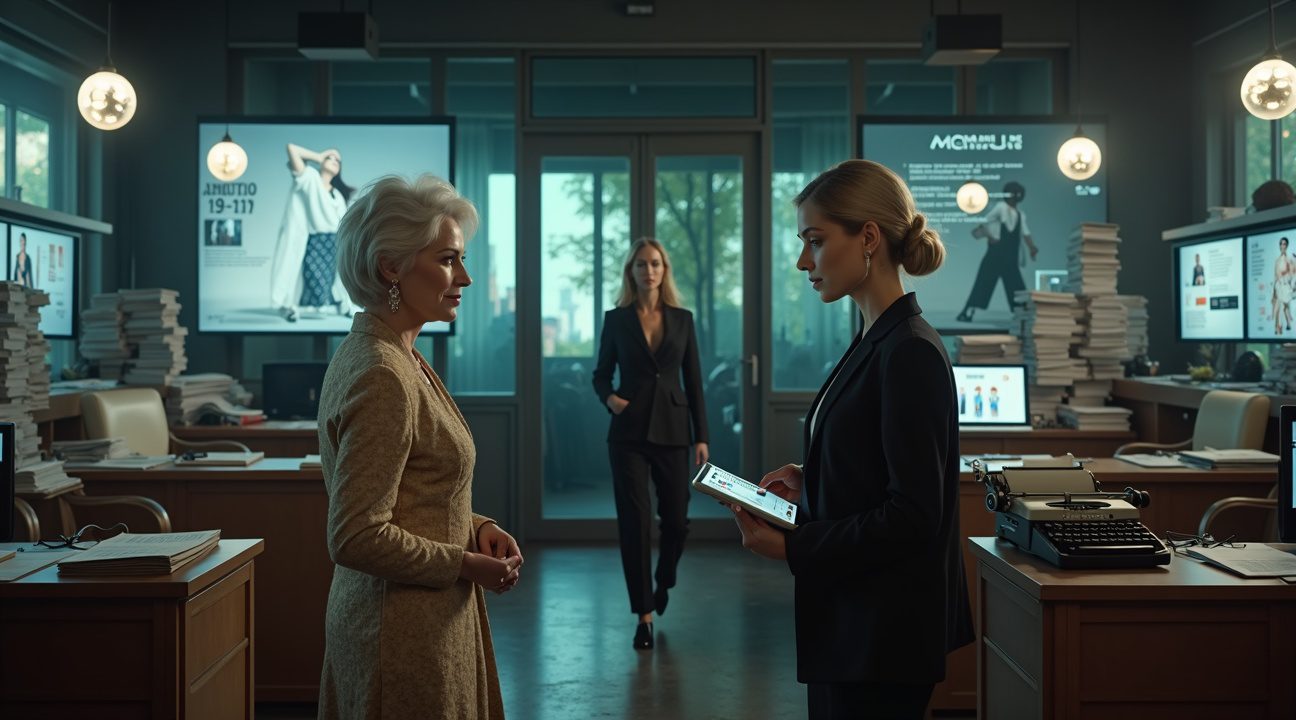
Designer Fashion Takes Center Stage in First Set Photos
Fashion enthusiasts and film lovers alike received a first glimpse of what’s to come when set photos from The Devil Wears Prada sequel started circulating online. The images immediately confirmed that style remains the heartbeat of this highly anticipated follow-up, with designer pieces taking center stage once again.
Anne Hathaway appeared in stunning high-fashion ensembles featuring Jean Paul Gaultier creations that perfectly capture both the elegance and edge that made the original film a fashion masterpiece. These carefully curated outfits signal a continuation of the franchise’s commitment to showcasing cutting-edge designer fashion while establishing a fresh visual narrative for the sequel.
Luxury Accessories Complete the Look
The attention to detail extends beyond clothing, with accessories playing a crucial supporting role in defining each character’s aesthetic. Set photos revealed jewelry pieces from prestigious brands including:
- Jemma Wynne‘s signature fine jewelry pieces that add subtle luxury touches
- Marlo Laz accessories that bring contemporary sophistication to each ensemble
- Natasha Schweitzer‘s distinctive jewelry designs that complement the high-fashion aesthetic
- Fendi accessories that provide the perfect finishing touches to complete each look
These carefully selected pieces demonstrate how the production team understands that authentic luxury fashion extends far beyond the garments themselves. Every accessory choice contributes to the overall visual storytelling that made the original film such a cultural phenomenon.
The wardrobe strategy appears to honor the signature style that audiences fell in love with while incorporating contemporary fashion elements that reflect current trends. This approach ensures the sequel feels both familiar and fresh, bridging the gap between nostalgic fans and new audiences discovering the series for the first time.
Iconic props from the original film are making their return as well, with sharp-eyed fans spotting a suitcase labeled “Runway” in several set photos. This detail confirms that the fictional fashion magazine continues to serve as the backdrop for the story, maintaining continuity with the beloved original while promising new adventures in the high-stakes fashion industry.
The production’s commitment to authentic designer fashion sends a clear message that style won’t be treated as mere window dressing. Instead, fashion serves as a character in its own right, driving narrative elements and character development just as it did in the first film. This approach has already generated excitement among fashion industry insiders who recognize the potential for another cultural moment that bridges cinema and haute couture.
Early glimpses suggest that costume designers are taking inspiration from current runway trends while maintaining the timeless elegance that made Miranda Priestly’s wardrobe so iconic. The balance between contemporary relevance and classic sophistication appears carefully calculated to appeal to both longtime fans and newcomers who might discover the franchise through upcoming sequels across various entertainment properties.
Set photographs also hint at expanded fashion narratives that could explore different aspects of the industry beyond magazine publishing. While details remain limited, the diversity of designer pieces suggests storylines that might venture into different corners of the fashion ecosystem, potentially offering audiences deeper insights into how luxury brands operate and influence cultural trends.
The styling choices visible in these early images indicate that fashion will continue serving as both armor and vulnerability for characters navigating professional and personal challenges. This approach mirrors how fashion functions in real life, where clothing choices communicate identity, aspiration, and confidence levels to the outside world.
Production teams clearly understand that fans expect nothing less than sartorial excellence from a Devil Wears Prada sequel. The designer collaborations evident in these set photos suggest that movie productions are increasingly recognizing the value of authentic luxury partnerships in creating believable high-fashion environments.
These first glimpses confirm that the sequel won’t shy away from the fashion-forward approach that made the original a defining moment in both cinema and style culture.
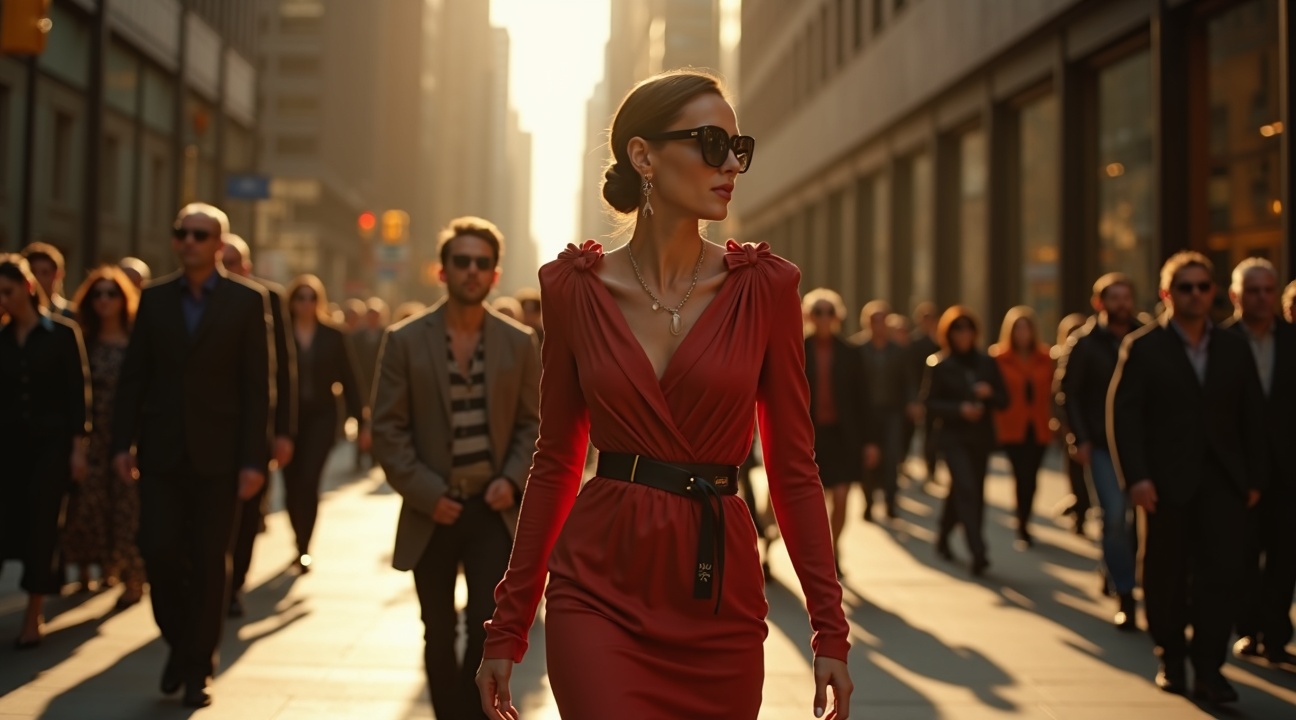
High Expectations Follow $326 Million Global Success of Original
The Devil Wears Prada’s astronomical success has set an incredibly high bar for its upcoming sequel. With the original film generating over $326 million in global box office revenue, fans and industry experts alike expect the follow-up to deliver both commercially and artistically.
The original movie’s impact extended far beyond its impressive financial performance. It became a cultural phenomenon that influenced fashion trends, spawned countless memes, and introduced memorable quotes that remain part of popular culture nearly two decades later. This widespread cultural penetration means the sequel carries the weight of not just commercial expectations but also the responsibility to honor a beloved cinematic legacy.
Star Power and Creative Team Reunion Drive Anticipation
The return of key cast members significantly amplifies expectations for the sequel’s success. When major stars commit to reprising their iconic roles, it signals confidence in the project’s quality and potential. This star power alone generates substantial media buzz and pre-release interest that often translates into strong opening weekend numbers.
The involvement of the original creative team further elevates anticipation levels. Industry insiders understand that maintaining creative continuity often proves crucial for successful sequels. When the same writers, directors, and producers return to a beloved property, it suggests a commitment to preserving the elements that made the original special while expanding the story in meaningful ways.
Box office analysts frequently point to sequels featuring returning creative teams as safer investments with higher success probability. The combination of familiar faces and proven filmmaking talent creates a marketing advantage that studios leverage heavily during promotional campaigns. This dynamic particularly benefits projects like Inside Out 2, where audience attachment to characters runs deep.
The entertainment industry has witnessed numerous examples of sequels that struggled to match their predecessors’ success. However, when both cast and crew return with genuine enthusiasm rather than contractual obligation, the results often exceed expectations. Recent successful sequels in various genres, from Wonka reimaginings to dance franchises like Magic Mike’s Last Dance, demonstrate that audiences reward authenticity and passion in sequel production.
The pressure extends beyond traditional box office metrics. Social media engagement, critical reception, and long-term cultural impact all factor into modern success measurements. The original Devil Wears Prada achieved rare status as both a commercial hit and a film that resonated across diverse demographics. Replicating this broad appeal requires careful balance between nostalgia and innovation.
Industry observers note that successful sequels often benefit from the accumulated goodwill of their predecessors. The original film’s enduring popularity on streaming platforms and continued relevance in fashion and business discussions provide a solid foundation for the sequel’s marketing campaign. This sustained cultural presence, similar to other long-awaited continuations like Hocus Pocus 3, creates built-in audience interest that extends far beyond opening weekend.
The financial expectations for the sequel reflect both inflation and the expanded global market since the original’s release. Modern blockbusters routinely target higher revenue thresholds, and the Devil Wears Prada sequel will likely aim to exceed its predecessor’s adjusted performance significantly. Studios typically invest more heavily in sequels to established properties, expecting proportionally higher returns.
Critics and fans will scrutinize every aspect of the sequel’s production, from casting choices to costume design. The original film set exceptionally high standards for fashion representation, workplace dynamics, and character development. Meeting or exceeding these benchmarks while introducing fresh elements presents a significant creative challenge that could determine the sequel’s lasting impact on both cinema and popular culture.
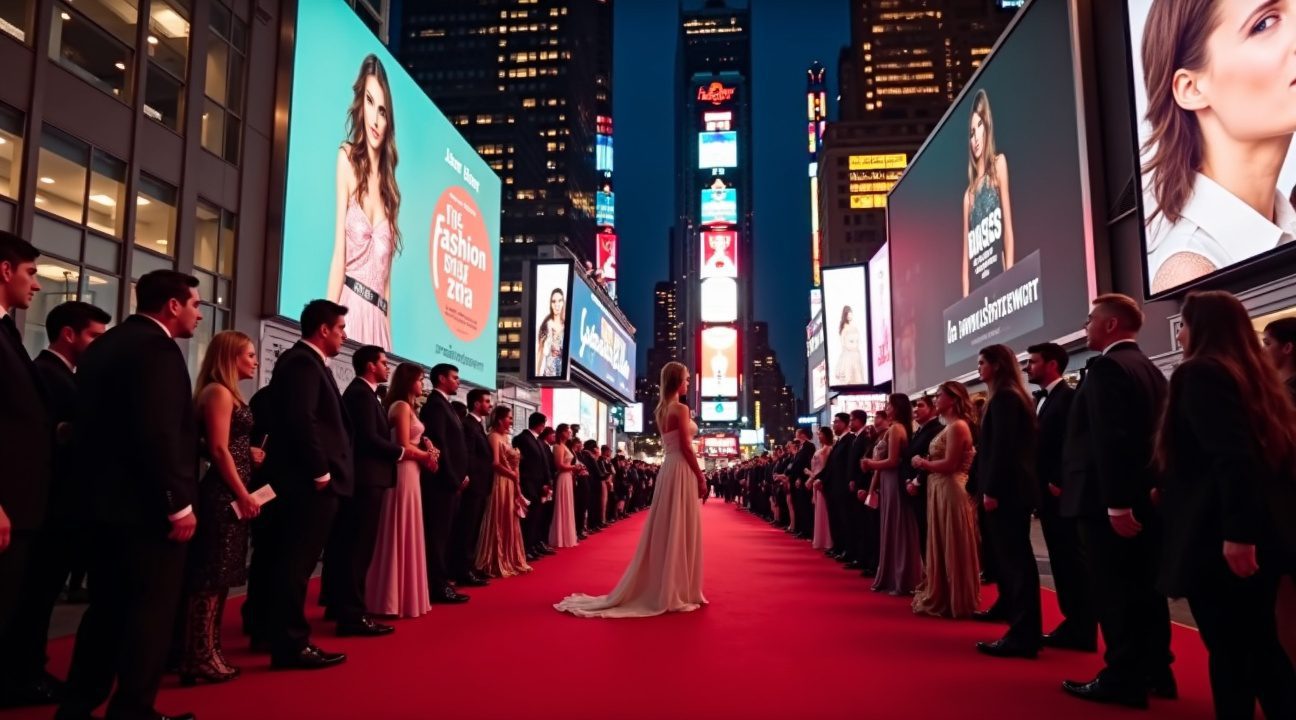
Sources:
Harper’s Bazaar, “Everything We Know About The Devil Wears Prada 2”
Wikipedia, “The Devil Wears Prada 2”
Town & Country, “See Anne Hathaway’s First Looks as Andrea Sachs for ‘Devil Wears Prada’ Sequel”
ScreenRant, “The Devil Wears Prada 2: Confirmation, Cast, Story & Everything We Know”
IMDb, “The Devil Wears Prada 2 (2026)”
W Magazine, “Everything to Know About ‘The Devil Wears Prada 2′”
Harper’s Bazaar UK, “The Devil Wears Prada sequel: cast, plot and release date”

